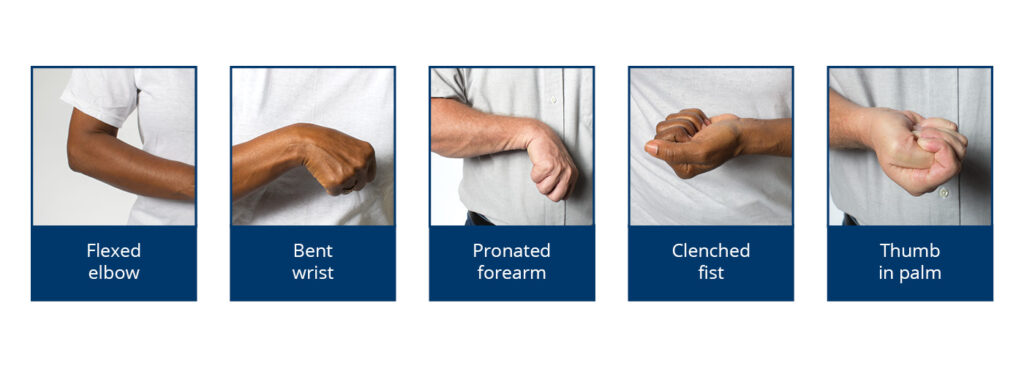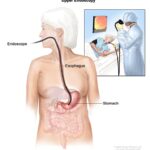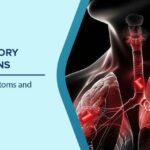Upper limb spasticity is a neurological condition marked by increased muscle tone, exaggerated tendon reflexes, and impaired voluntary control of movement, primarily affecting the shoulder, elbow, wrist, and hand. Most frequently associated with upper motor neuron lesions, it presents significant functional, psychological, and caregiving challenges. Comprehensive evaluation and individualized treatment are critical to restoring mobility and improving the quality of life.

Understanding the Pathophysiology of Upper Limb Spasticity
Spasticity arises due to an imbalance between excitatory and inhibitory signals in the central nervous system, particularly after injury to descending motor pathways. Lesions disrupt normal motor control, leading to:
- Loss of inhibitory cortical input
- Hyperexcitability of spinal motor neurons
- Disinhibition of primitive reflex arcs
This disruption results in excessive involuntary muscle activation, particularly in antigravity muscles of the upper limb.
Common Causes and Associated Neurological Conditions
Upper limb spasticity is not a primary disease but a sequela of various neurological insults. Key etiologies include:
- Stroke (Cerebrovascular Accident)
- Most prevalent cause, especially with lesions involving the internal capsule or motor cortex.
- Traumatic Brain Injury (TBI)
- Spasticity often follows diffuse axonal injury or focal cortical damage.
- Cerebral Palsy
- Manifests early in life with persistent muscle hypertonia and postural deformities.
- Multiple Sclerosis
- A demyelinating condition marked by intermittent spastic episodes.
- Spinal Cord Injury
- Especially in incomplete injuries, leading to disordered segmental reflexes.
Clinical Manifestations and Diagnostic Criteria
Upper limb spasticity presents as a constellation of involuntary muscle contractions, joint stiffness, and resistance to passive movement. Characteristic posturing includes:
- Shoulder adduction and internal rotation
- Elbow flexion
- Forearm pronation
- Wrist and finger flexion with thumb-in-palm deformity
Functional Consequences
- Impaired voluntary movements
- Difficulty with hygiene, dressing, and feeding
- Increased risk of joint contractures, skin breakdown, and pain
- Emotional distress and social withdrawal
Diagnostic Tools
- Modified Ashworth Scale (MAS): Grades resistance during passive stretching.
- Tardieu Scale: Measures angle of muscle reaction to passive motion at various speeds.
- Electromyography (EMG): Assesses neuromuscular activity and aids in treatment planning.
- Imaging (MRI/CT): Evaluates underlying neurological pathology.
Therapeutic Goals in Upper Limb Spasticity Management
Effective spasticity management is patient-centered and goal-oriented, targeting:
- Reduction in muscle tone
- Improvement of voluntary function
- Prevention of contractures and deformities
- Pain relief
- Facilitation of care and hygiene
Pharmacological Management Options
Botulinum Toxin Injections
Botulinum toxin type A is the first-line pharmacologic agent for focal upper limb spasticity. Mechanism:
- Inhibits acetylcholine release at the neuromuscular junction.
- Induces temporary, reversible chemodenervation.
Commonly targeted muscles:
- Biceps brachii
- Flexor carpi radialis/ulnaris
- Flexor digitorum superficialis/profundus
- Pronator teres
Dosing considerations:
- Individualized per muscle bulk, severity, and patient goals.
- Ultrasound or EMG guidance enhances precision.
Oral Antispasticity Agents
- Baclofen: GABA agonist; effective but sedating.
- Tizanidine: Alpha-2 agonist; muscle relaxant with less drowsiness.
- Diazepam: Limited by cognitive effects and dependence potential.
- Dantrolene: Acts peripherally on skeletal muscle; less commonly used due to hepatotoxicity.
Non-Pharmacological and Rehabilitative Therapies
Physical and Occupational Therapy
- Stretching and range-of-motion exercises: Maintain joint mobility.
- Task-specific training: Reinforces neuroplasticity and voluntary control.
- Splinting and orthoses: Prevent contractures and facilitate hand function.
Constraint-Induced Movement Therapy (CIMT)
- Encourages use of the affected limb by restricting the unaffected one.
- Most effective in patients with some residual motor function.
Functional Electrical Stimulation (FES)
- Enhances voluntary motor control by stimulating weakened muscles in coordination with movement.
Surgical Interventions for Refractory Cases
Intrathecal Baclofen Therapy (ITB)
- Continuous delivery via implantable pump into cerebrospinal fluid.
- Effective in widespread spasticity unresponsive to oral agents.
Tendon Lengthening and Neurotomy
- Indicated in fixed contractures.
- Permanent relief through targeted muscle-tendon unit modification.
Monitoring Outcomes and Long-Term Management
Spasticity is a dynamic condition; continuous assessment is necessary:
- Goal-oriented reassessment: Track progress using MAS or Goal Attainment Scaling (GAS).
- Repeat interventions: Especially with botulinum toxin, every 3–6 months.
- Multidisciplinary coordination: Neurologists, physiatrists, therapists, and caregivers.
Prognosis and Quality of Life Considerations
Outcomes depend on etiology, early intervention, and treatment compliance. Functional independence, reduced caregiver burden, and enhanced psychological well-being are achievable with tailored, sustained management strategies.
Upper limb spasticity presents a multifaceted challenge necessitating a comprehensive, individualized approach. By combining pharmacologic treatment, rehabilitative techniques, and, where necessary, surgical intervention, we can significantly improve patient outcomes. Optimal care lies in early recognition, targeted therapy, and regular reassessment within a multidisciplinary framework.

